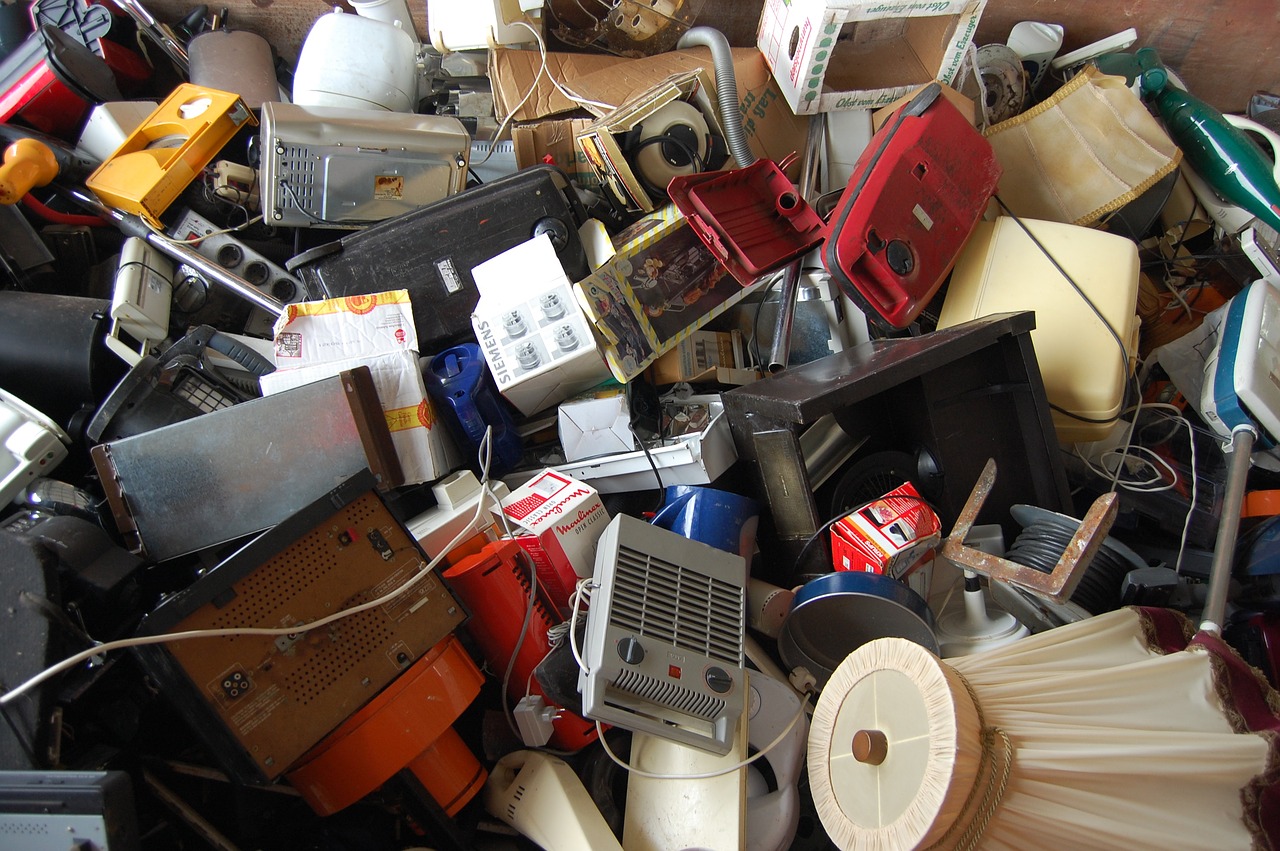While it is often associated with discarded gadgets and devices, a significant amount of electronic waste remains hidden in plain sight.
According to the United Nations, 8 kg of e-waste per person will be produced worldwide in 2023. This means 61.3 million tonnes of electronic waste discarded within a year – more than the weight of the Great Wall of China. Only 17.4 per cent of this waste, containing a mixture of harmful substances and precious materials, will be recorded as being properly collected, treated, and recycled globally. The remaining 50.6 million tonnes will be either placed in landfill, burned, or illegally traded and treated in a substandard way or simply hoarded in the households. Even in Europe, which leads the world in e-waste recycling, only 54% of e-waste is officially reported as collected and recycled and the lack of public awareness is preventing countries from developing circular economies for electronic equipment.
International E-waste Day is an annual awareness raising campaign initiated by the WEEE Forum and its members and takes place every year on the 14th of October. It aims to highlight the growing issue of electronic waste and promote responsible e-waste management. Any e-waste related awareness raising activities are welcome to join the campaign: from social media, TV, and radio campaigns to city or school e-waste collections or even artistic performances.
What is the invisible e-waste?
Invisible e-waste refers to electronic waste that goes unnoticed due to its nature or appearance, leading consumers to overlook its recyclable potential. As today’s lifestyle is more and more technology oriented, plenty of products present on the market have electrical or electronic components. This means that at the end of their lives, when they can no longer be reused or repaired, they should be part of the electronics’ recycling stream. Some examples of this type of object, largely present in households are: electric and electronic toys, e-cigarettes, power tools, smoke detectors, wearable health devices, smart home gadgets, e-bikes and e-scooters or simply cables.
Why is invisible e-waste a problem?
According to a study developed in 2022 by the United Nations Institute for Training & Resources (UNITAR) and WEEE Forum members in 6 countries (UK, Italy, Portugal, Romania, Slovenia and The Netherlands), of the 74 e-products found in an average household 13 are being hoarded (9 of them unused but working and 4 broken). Small consumer electronics and accessories (such as headphones or remote controls – often not recognised as electronic items) rank top of the list of hoarded products. If these gadgets remain in the drawers and cupboards, the valuable resources they contain do not re-enter the manufacturing cycle.
When electronic devices and components are disposed of improperly because they are not recognised as e-waste, they often end up in landfills or incinerators. Electronics contain various hazardous substances such as lead, mercury, cadmium, and flame retardants, which can leach into soil and water sources, polluting ecosystems and posing risks to human health.
These devices also contain valuable resources, including precious metals like gold, silver and copper, as well as rare and strategic elements, called Critical Raw Materials, which are crucial for the green transition and production of new electronic devices. When e-waste is not recycled properly, these valuable materials go to waste.
“Last year 194 organisations from 72 countries across 6 different continents registered as participants, with many more entities marking the day with activities, news reports and online campaigns. This year we wish to make the event even bigger as we see the growing importance of the e-waste issue. Not only because of its increasing volumes. In Europe, with the war in Ukraine, there is a strong willingness of make the EU economy resilient when it comes to Critical Raw Materials. They can be retrieved from electronic waste but without all of us being conscious citizens and returning our electronic gadgets this will not become reality.” says Pascal Leroy, Director General of the WEEE Forum; he continues “In other parts of the world, we see the e-waste legislation emerging in more and more countries. Through initiatives like the Intentional E-Waste Day, we want to give them the tools to raise awareness and leapfrog some of the obstacles we have already faced.”










